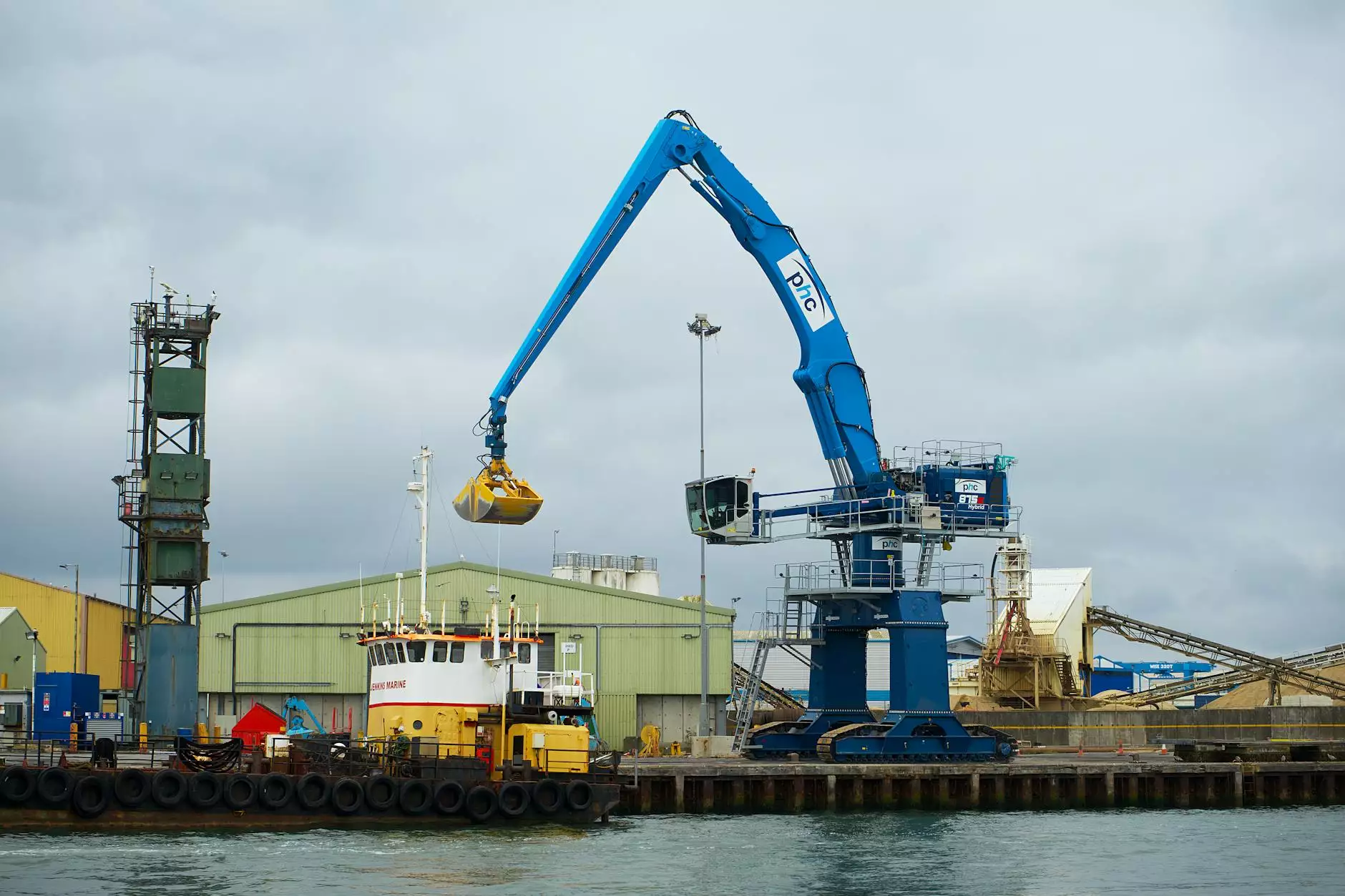The Ultimate Guide to LTL Freight Shipping

LTL freight shipping, or Less Than Truckload shipping, is a vital component of today’s logistics landscape. As businesses strive for efficiency and cost-effectiveness, LTL shipping emerges as a go-to solution for transporting goods without requiring an entire truckload. This article will delve deep into the nuances of LTL freight shipping, exploring its significance, advantages, and how it fits into modern supply chain strategies.
What is LTL Freight Shipping?
LTL freight shipping refers to the transportation of relatively small freight shipments that do not fill an entire truck. This method allows multiple shippers to consolidate their freight into a single truckload, optimizing both space and cost. Traditionally, shipments weighing anywhere from 150 to 15,000 pounds are eligible for LTL service.
Understanding the Benefits of LTL Freight Shipping
Adopting LTL shipping can be a game-changer for small to medium-sized businesses. Here are some key benefits:
- Cost Efficiency: By sharing transportation costs with other shippers, businesses save money compared to dedicated truckload shipping.
- Improved Cash Flow: Sending smaller shipments more frequently allows businesses to improve inventory management and cash flow.
- Accessibility: Many LTL carriers offer extensive shipping networks, making it easier for businesses to reach various destinations without needing to partner with multiple carriers.
- Flexibility: LTL service accommodates various shipment types and sizes, allowing businesses to adapt based on demand.
How to Choose an LTL Freight Carrier
Selecting the right LTL freight carrier can significantly influence your shipping efficiency. Here’s how to choose wisely:
- Determine Your Needs: Assess your shipping volume, destination, and frequency to choose a carrier that meets your specific requirements.
- Research Carrier Reputation: Look for reviews and testimonials about potential carriers to gauge their reliability and service quality.
- Comparative Pricing: Request quotes from multiple carriers to ascertain competitive pricing while keeping an eye on service quality.
- Technology and Tracking: Opt for carriers that offer advanced tracking and reporting tools to monitor your shipments in real-time.
Factors Influencing LTL Shipping Costs
Understanding what impacts your LTL freight shipping costs is crucial for effective budgeting. Here are the main factors:
- Weight and Dimensions: Heavier and bulkier shipments will typically incur higher costs.
- Shipping Distance: Longer distances will generally increase your shipping fees.
- Freight Class: Freight is classified based on various factors, including density and liability. The higher the class, the more expensive the shipping.
- Accessorial Charges: Additional services like liftgate service, residential delivery, or inside delivery can add to your overall costs.
Strategies for Efficient LTL Freight Shipping
Here are several strategies to ensure that your LTL freight shipping is as efficient as possible:
- Optimize Packaging: Proper packaging can maximize space utilization and minimize costs. Use dimensionally accurate containers to avoid additional fees.
- Consolidate Shipments: When possible, combine multiple shipments into one to reduce costs and increase operational efficiency.
- Schedule Smartly: Plan your shipments during off-peak hours when carriers might offer lower rates.
- Regular Carrier Evaluation: Monitor the performance of your chosen carrier. A regular evaluation can help you ensure you are still receiving competitive rates and quality service.
LTL Freight Shipping vs. Truckload Shipping
While both LTL freight shipping and truckload (TL) shipping offer unique advantages, understanding the differences can help you make informed logistics decisions.
In summary, shipping via LTL is more cost-effective for small loads, whereas truckload shipping is generally more efficient for larger shipments. Here are quick comparisons:
FactorLTL ShippingTruckload ShippingCostMore economical for smaller shipmentsMore economical for larger shipmentsDelivery SpeedMay take longer due to multiple stopsTypically faster for large, direct shipmentsFlexibilityHighly flexible with multiple shipping optionsLess flexible, more direct routesChoosing the Right Freight Class
Each shipment falls under specific freight classes that help define the cost. Understanding how to classify your products is crucial for controlling shipping expenses. The National Motor Freight Classification (NMFC) has established several freight classes based on:
- Densities: The weight-to-volume ratio plays a significant role.
- Stowability: How well the products can be stored in a truck.
- Handling: Fragile items might require special handling, impacting their class.
- Liability: Higher-value items often fall into higher classes.
Common Industries Using LTL Freight Shipping
LTL freight shipping is adopted by numerous industries due to its flexibility and cost-effectiveness. Here are some common sectors:
- Manufacturing: Frequently ships parts and materials.
- Retail: Handles small lots of goods to various locations.
- Pharmaceuticals: Requires precise delivery timelines and conditions.
- Technology: Often ships sensitive equipment that requires special handling.
Conclusion: Embracing LTL Freight Shipping for Your Business
As a vital logistics component, LTL freight shipping offers a practical solution for businesses looking to balance cost and efficiency. By understanding the intricacies of LTL shipping, from choosing the right carrier to effectively managing shipping costs, businesses can maximize their logistics strategy.
Taking advantage of the diverse benefits that come with LTL freight shipping allows companies to respond more rapidly to market demands while also optimizing their supply chain. Whether you are a small startup or an established corporation, the strategic use of LTL services - such as those offered by Ship North America - can be the key to sustaining a competitive edge in today’s dynamic marketplace.









